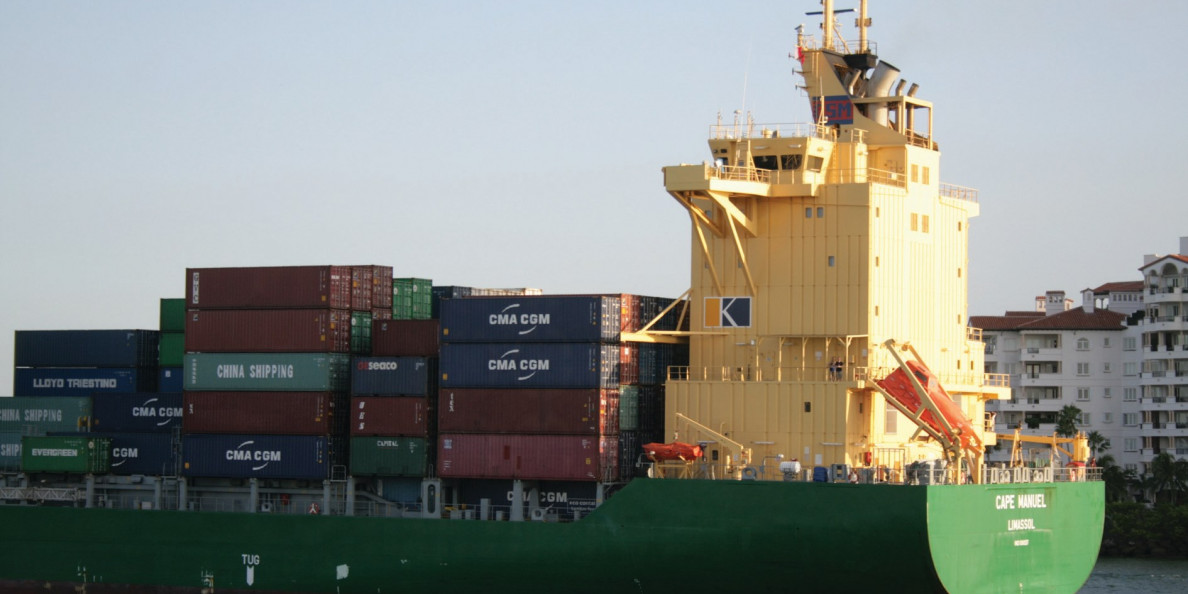The global textiles industry needs an uptick in demand and more cargo traffic.
More than 250 people representing all segments of cotton flow met Sept. 20 at the West Texas Flow Marketing Meeting in Lubbock, TX, to discuss the state of the industry and issues at hand such as the supply chain, transportation, and warehousing.
The current U.S. crop situation and China occupied most of the meeting discussions.
It is clear that the U. S. crop this year will be less, thanks to a dry and prolonged hot summer in the High Plains of Texas. China’s economic situation is also a problem, with a growth rate less than 5%. And the country’s economic situation is not being helped by its housing crisis and high unemployment rate.
The world is used to witnessing double digit growth in China during the pre-pandemic era, predominantly due to its manufacturing capacity – which is not the scenario now.
“As China’s economy suffers, it affects the regional economy as well,” stated Daniel Lee, Export Sales Manager at HMM American Shipping Agency, Inc. Lee noted that foreign investors are not investing in China, which is resulting in job losses and impacting middle class population.
Increased labor costs, forced labor issues, and geopolitical tensions between China and some nations are forcing foreign investments to other countries such as Indonesia, Vietnam, and Cambodia in Southeast Asia. Lee pointed out that China is looking for domestic investments and domestic market growth to grow its economy.
There are opportunities for India to boost its manufacturing sector. India should focus on value-added products and enhance its product basket to be a viable alternative to China. The Government of India and the Indian textile industry are aware of this necessity, and efforts are underway to enhance its textile sector by focusing on the post spinning sector.
An increase in imports of textile goods into developed economies such as the United States, United Kingdom, and Canada is an indicator of a demand boost in cotton. A quick survey of the attendees at meeting hinted that imports into the U.S. will pick up during the second quarter of 2024, indicating a slow demand for textiles in the next few months.
“The United States’ cotton industry is competing against countries like Brazil, which sells cotton at 3-4 cents less, and we have to be competitive,” stated Beau Stephenson, President of the Texas Cotton Association. There was sentiment among meeting participants that the U.S. will export less than 11 million bales (480 lbs. each) for the 2023-24 cotton marketing season.
“In this current situation, effective communication with our partners is needed to plan for the season ahead,” stated Kandice Poteet, Executive Vice President of the Texas Cotton Association. A representative of cotton truckers attending the meeting agreed that partnerships and constant communication with stakeholders are important to move cotton forward.
Given the lack of robust demand for textiles due to inflation in the cost of essential groceries, higher fuel prices, and mortgage rates, effective engagement among different industry segments in cotton flow, brands, and retailers will be critical.
Πηγή: cottongrower.com

